A Week in the Bush Vol. 516
on Sep 18, 2024Welcome to the latest edition of our highlights blog and there have been plenty this week!
Fortune favoured us when we managed to track down two wild dogs. They were moving swiftly, and we struggled to keep up. Suddenly, a commotion erupted in the bush, and we quickly followed the sound. To our amazement, they had successfully taken down an impala and were devouring it with urgency. Wild dogs often begin feeding on their prey while it’s still alive, aware that its distress calls could attract larger predators or scavengers, threatening to steal their kill. This urgency was heightened by the fact that there were only two of them. Their goal was clear: consume as much as possible, as quickly as possible, and move on to avoid any dangerous confrontations.
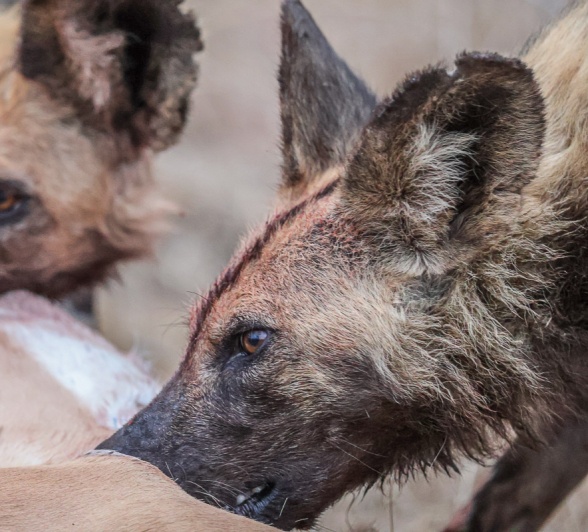
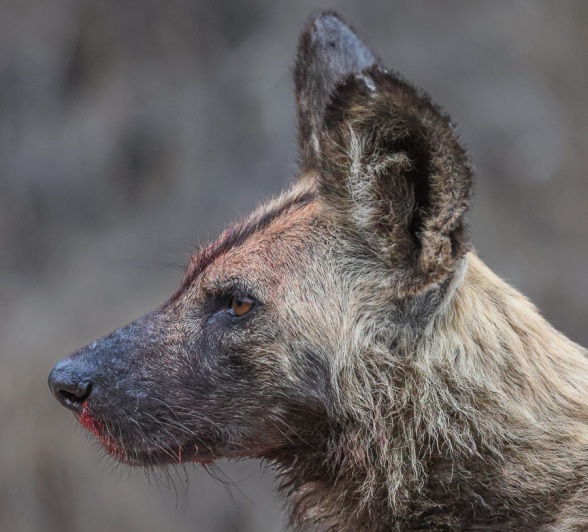
While driving along one of our main roads, we had an unexpected encounter. As we came around a corner, we were pleasantly surprised to see a pack of wild dogs with some of their pups. The pack was taking a quick rest before continuing towards their den site. At this age, the adults start taking the pups with them when they go out hunting to teach them how it works and what they need to know. Unfortunately, the survival rate for wild dog pups is as low as 30%, as they have many natural enemies and face challenging weather conditions. The mortality rate is very high, but hopefully, this pack can defy the odds and raise their young to adulthood.
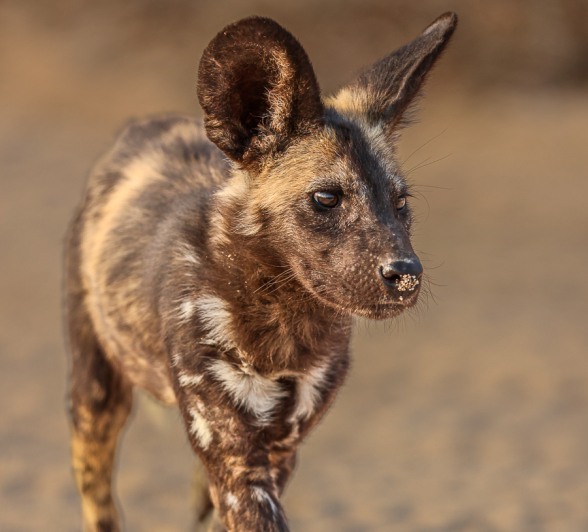
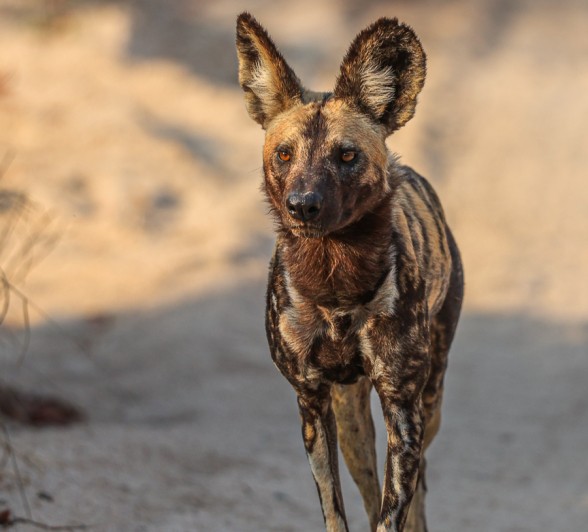
On two separate occasions, we found the Southern Pride very close to Earth Lodge. This pride has covered quite a lot of ground in the last couple of days in search of food. They are still in a healthy condition, but with their stomachs thin, it is clear they are walking around and looking for their next meal. Only time will tell what they will take down. We followed them until temperatures started rising. Afterward, they became static, with all the adult lionesses resting and the cubs making use of this opportunity to play and chase each other around.
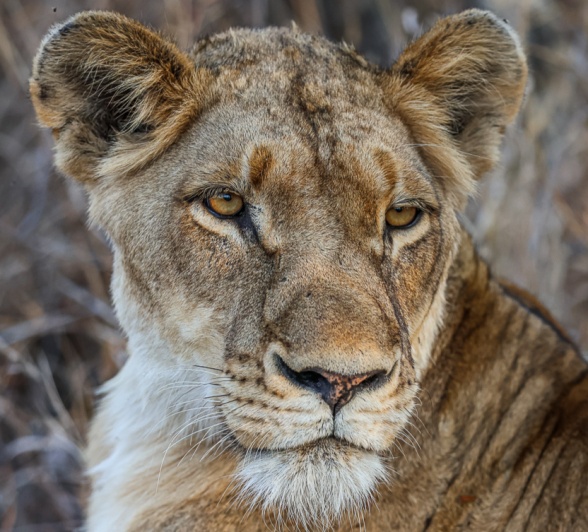
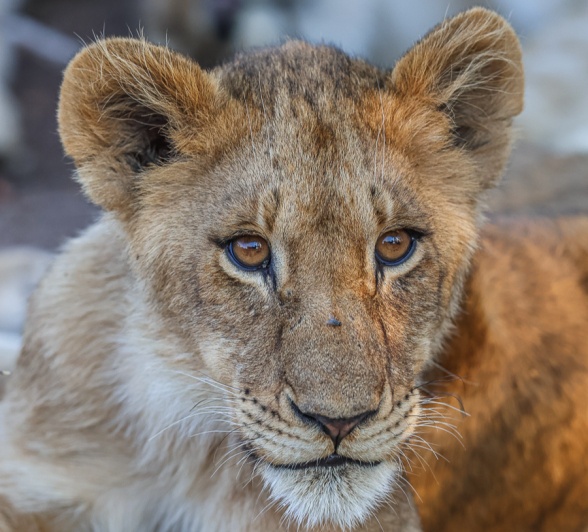
We set out to track the Msuthlu Pride, hoping they would lead us to their youngest cubs. As we arrived, the scene unfolded like something straight out of a storybook. One of the adult lionesses stood up and began moving toward the den. We waited quietly, anticipation building. Soon, she began to call softly, and moments later, four tiny heads emerged, making their way toward her. We watched in awe as the lioness groomed them, while the cubs playfully wrestled, eager to nurse.
Being so close to these magnificent creatures and having them trust us enough to reveal their little ones is an incredible privilege. Although the cubs are still highly vulnerable to predators and the challenges of changing weather, the strength in numbers of the Msuthlu Pride gives them a strong chance of survival. Only time will tell if they will grow to become part of this dominant pride.
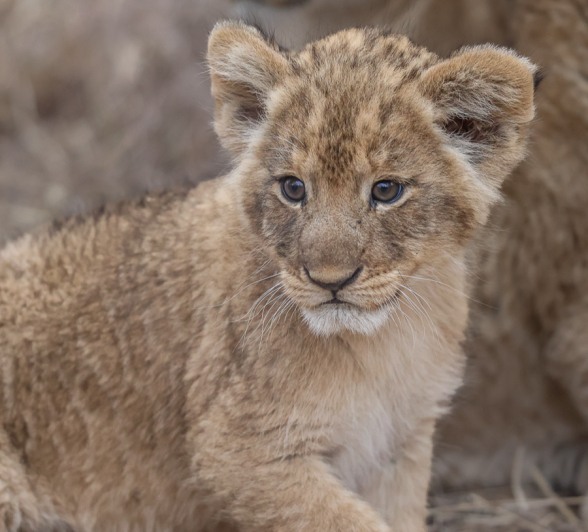
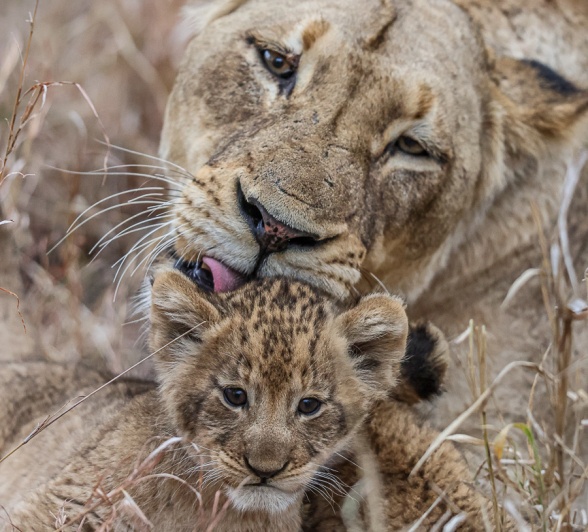
Plenty more sightings of the Msuthlu Pride were enjoyed throughout the week. They had enjoyed a meal earlier in the week before heading to a waterhole to quench their thirst.
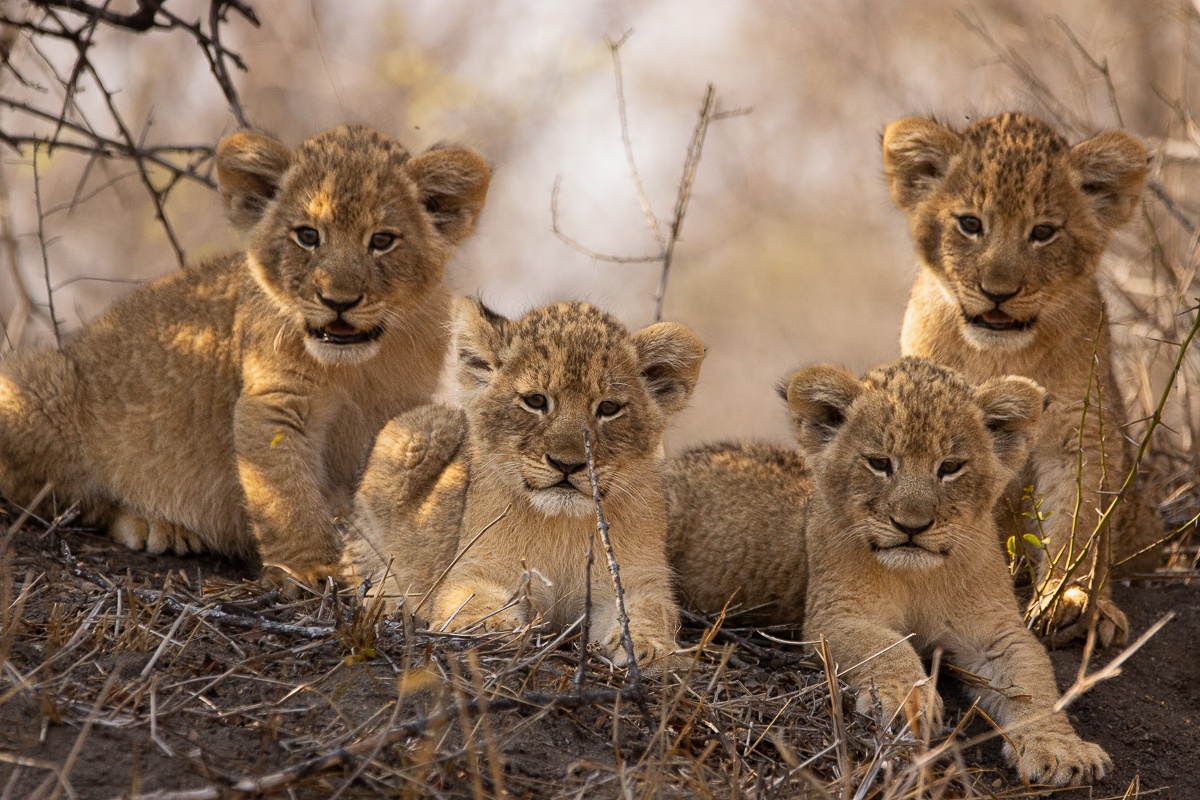
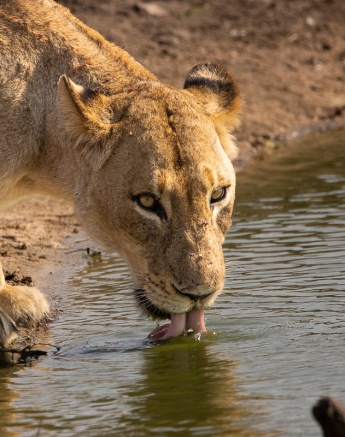
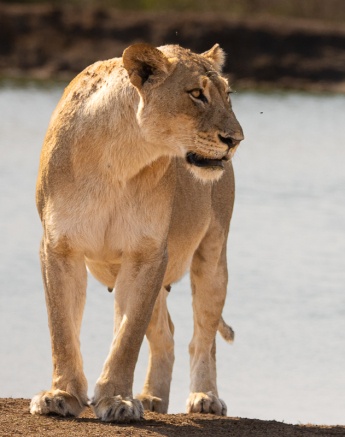
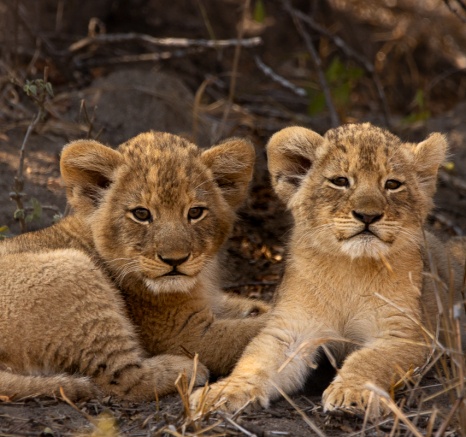
We followed one of the lionesses as she slowly made her way towards the den site where she has her cubs hidden. The contact calling started and thereafter, little heads popped out, running towards mom to greet her. They later rested in the morning sun trying to warm their little bodies. With these cubs so young but active, mom will soon start taking them out of their den site to explore the area around them and tire them out, making sure they don't venture off by themselves when they have no protection.
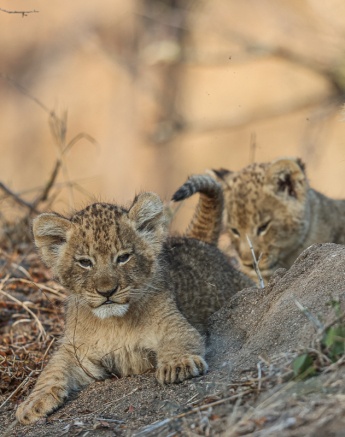
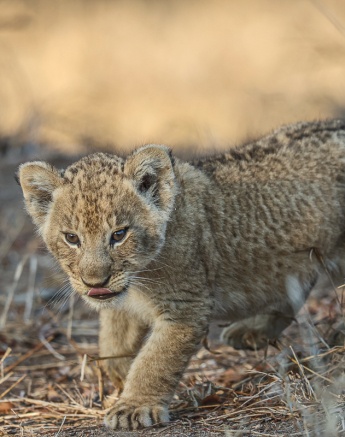
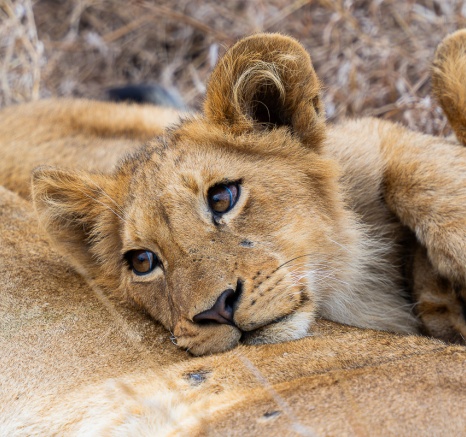
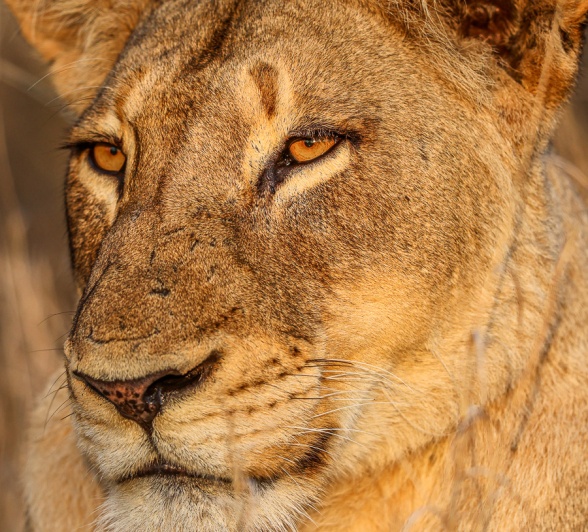
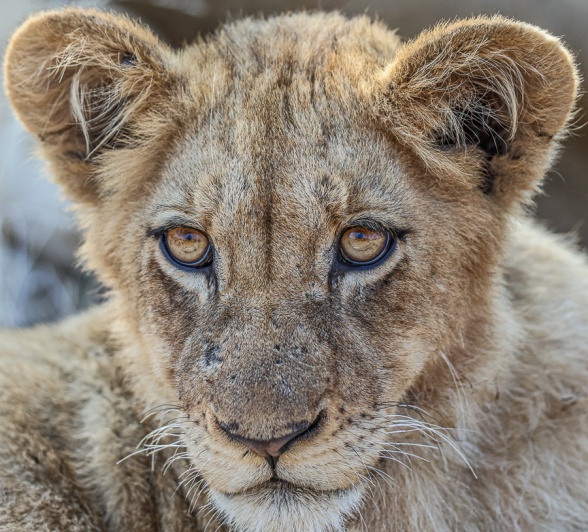
A few days later, the pride was seen close to the waterhole in front of Bush Lodge where they were drinking early in the morning. They spent some time in the area before being disturbed by a herd of around 500 buffalo wanting to drink and cool down in the water.
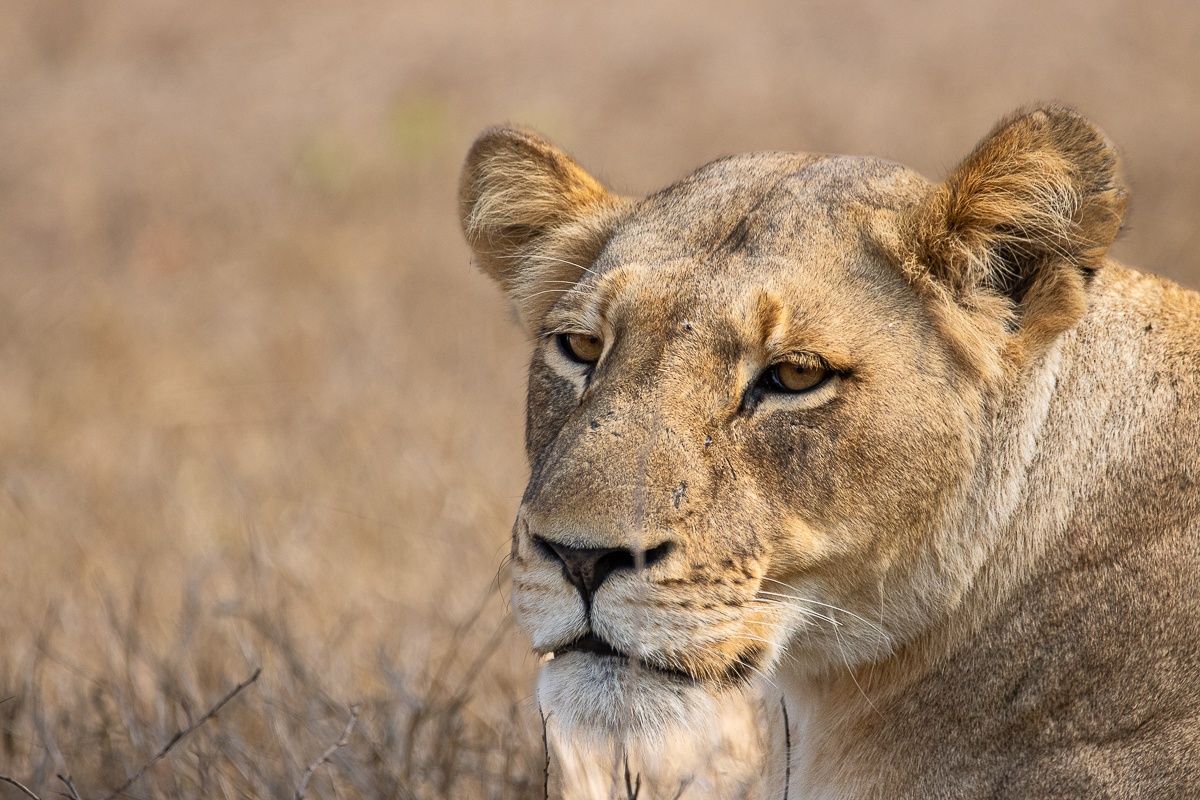
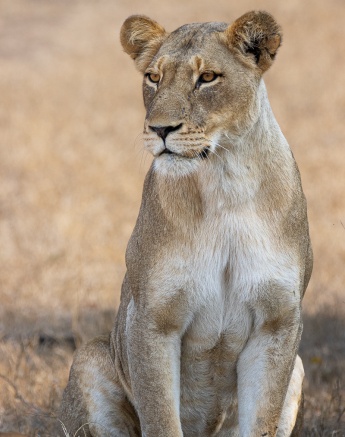
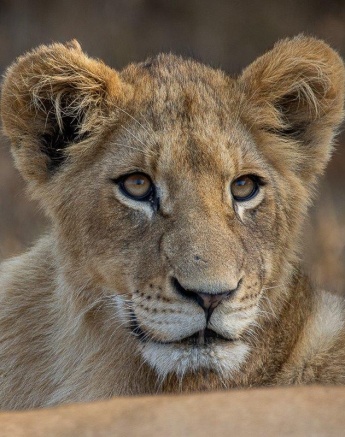
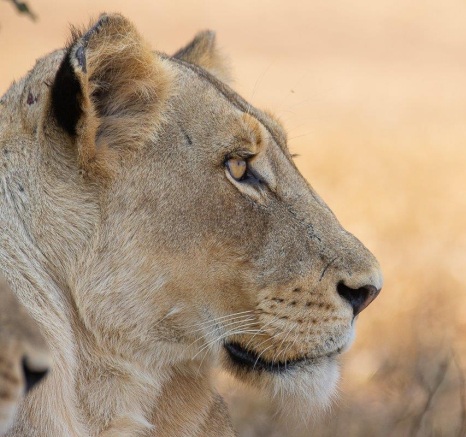
Our last sighting of the pride was of a lone cub. With no sign of the adult lioness or other cubs, we decided to carry on, avoiding putting pressure on the youngster. A couple of minutes later we found one lioness making her way towards the area where we saw the cub, constantly contact calling. We quickly realised the one cub fell behind as the pride was moving on and the mother came back to look for her cub. They reunited shortly after and returned in the direction the adult was coming from, leading the cub back to the rest of the pride. With cubs being stashed away when adults go out hunting, it is an instinct for them to stay put if they don't know where the pride is, knowing mom will come back sooner or later to look for them.
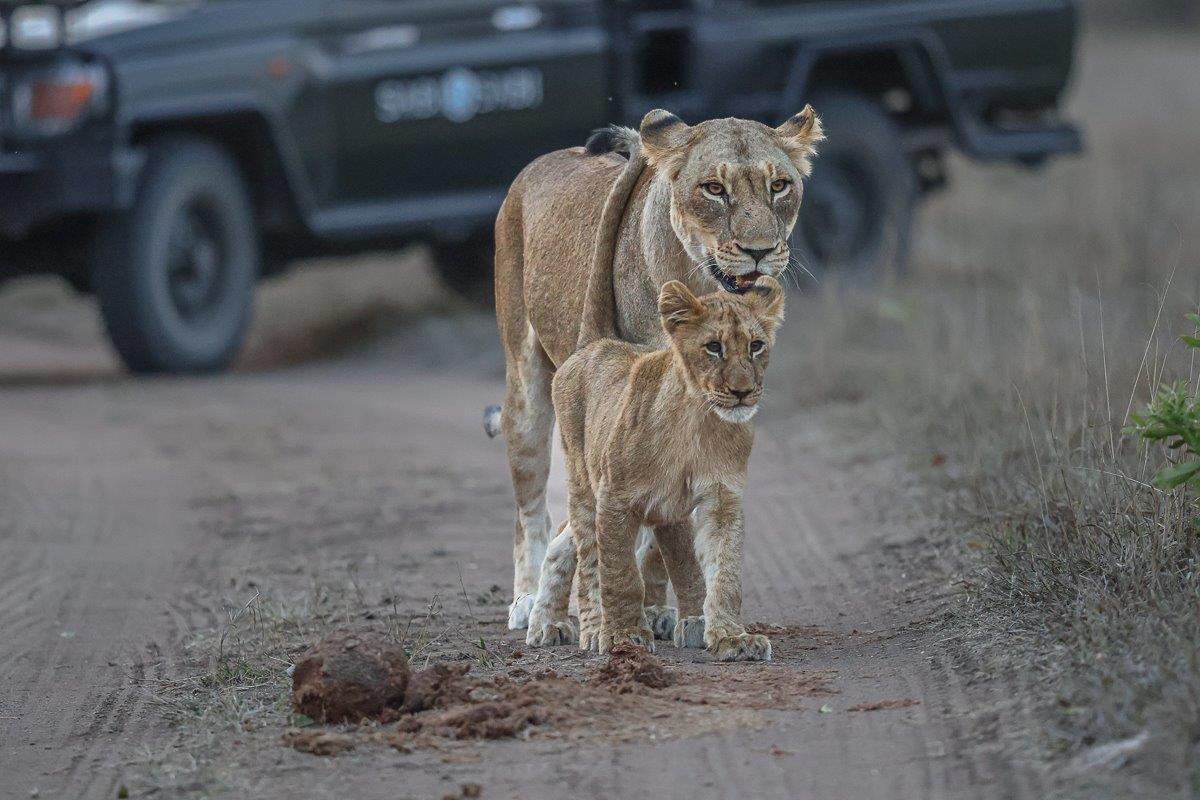
As Ntsumi’s cubs near independence, we’ve been spotting them regularly—sometimes together, but more often on their own.
While tracking leopards across the eastern section of our reserve, we came upon a young female. She was heading toward a nearby waterhole, where she would likely spend the day in the shade, taking advantage of the cooler areas around the water. With rising temperatures, she knew that potential prey would eventually come to drink, presenting a perfect hunting opportunity.
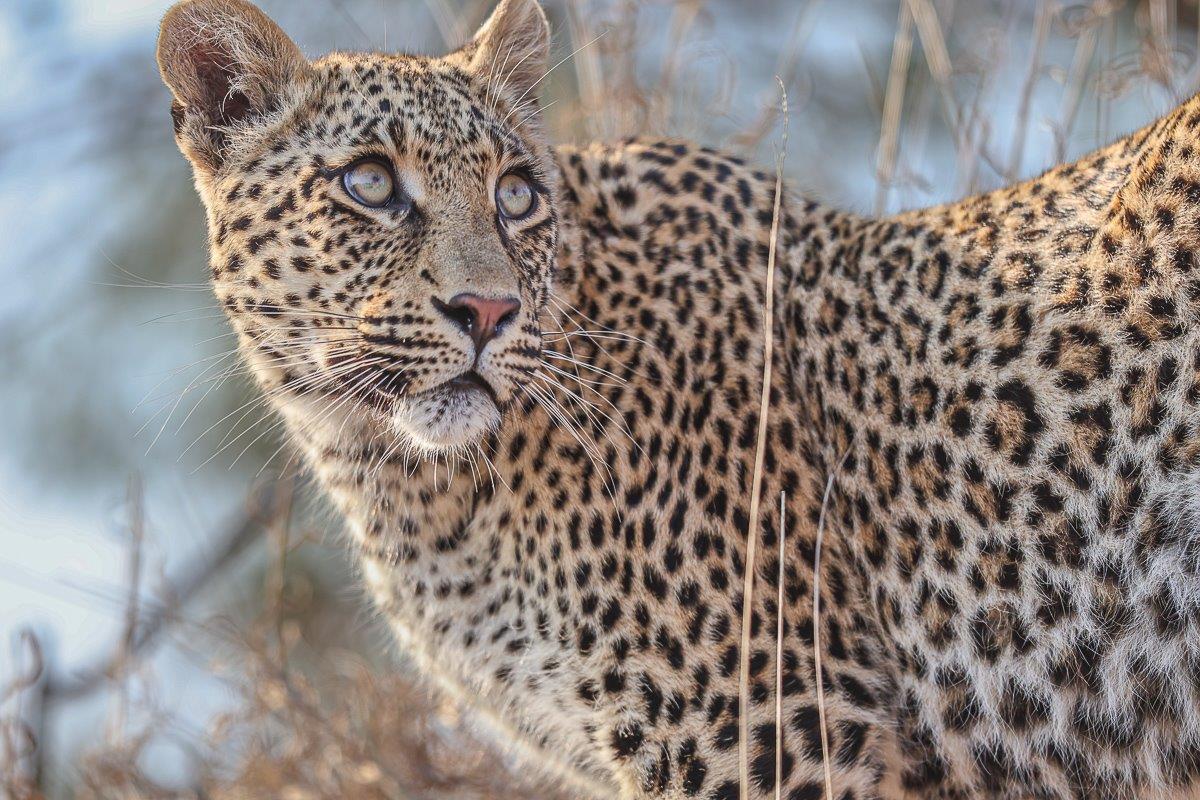
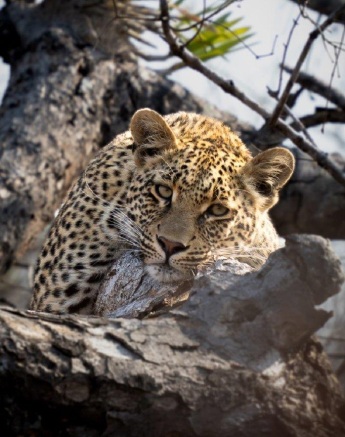
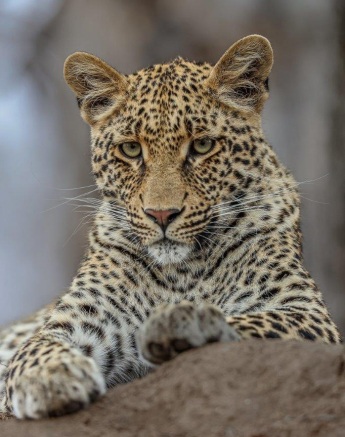
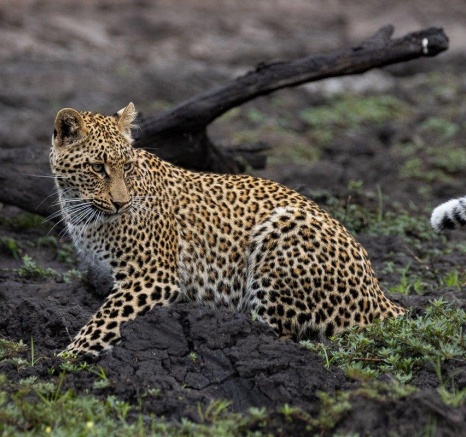
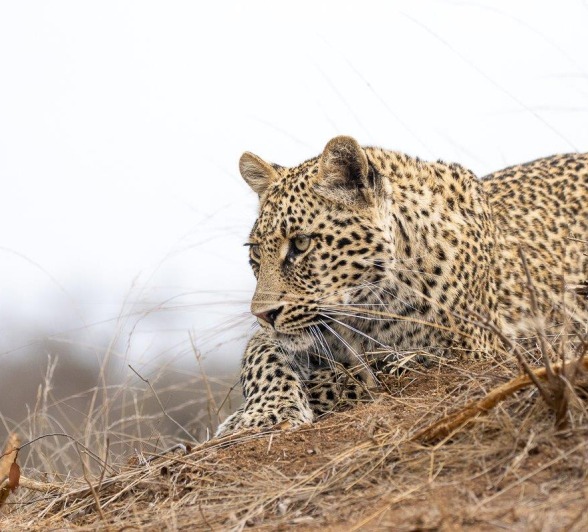
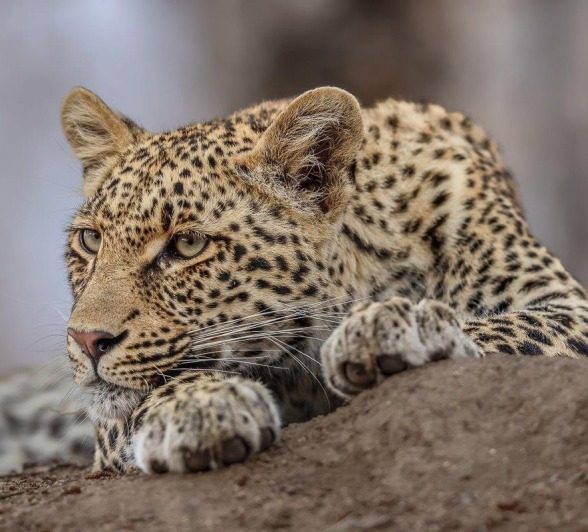
After noticing a flurry of birds causing a loud commotion in a nearby tree, we knew something had them agitated. Curious, we took a closer look and were thrilled to discover the source of the excitement—a Pearl-spotted Owlet, one of the smallest owls in the world.
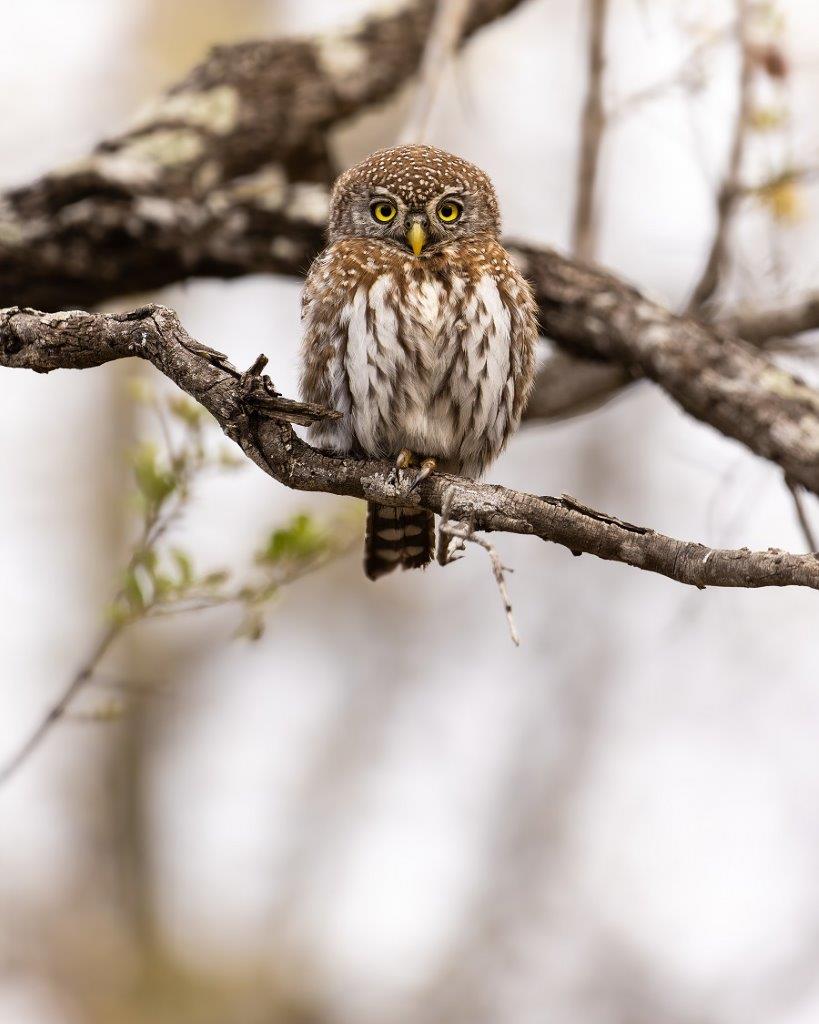
The Lilac-breasted Roller, often regarded as the most photographed bird in Africa, is one of the most vibrantly coloured species found in our reserve. Its name, "roller," comes from the male's dramatic courtship display. During mating season, the male soars high above the perched female, vocalising before suddenly plummeting from the sky. As he descends, he spreads his wings and performs acrobatic rolls, showcasing his stunning array of colours to captivate the female's attention.
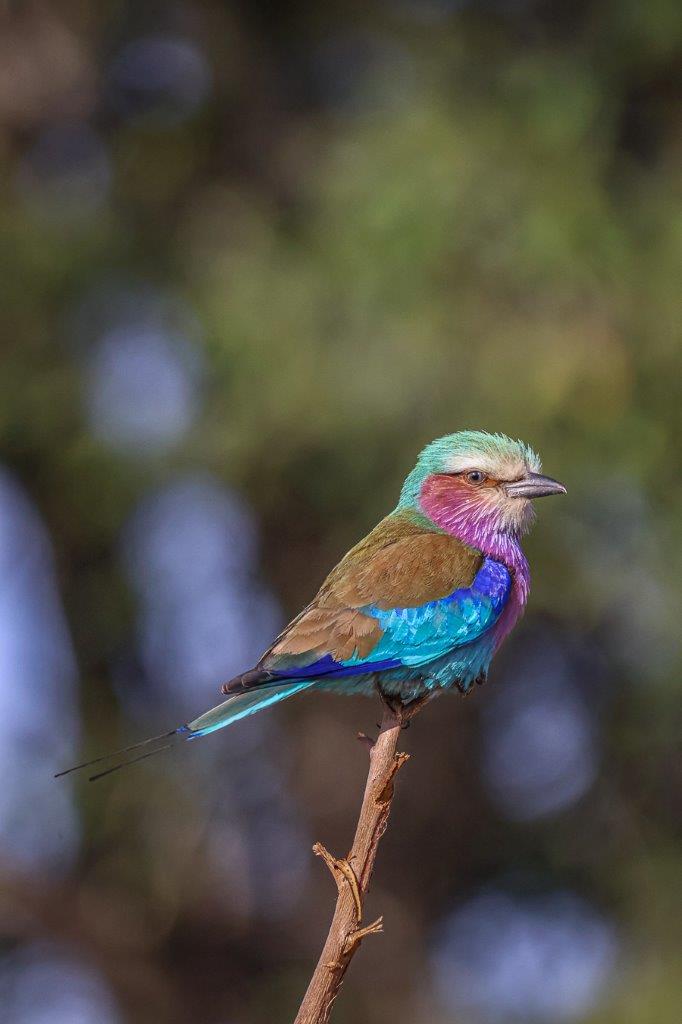
This warthog seemed to be enjoying the sunrise and warming up as it lay on an open patch. Oxpeckers were landing on it, removing parasites. A great spa day in the bush!
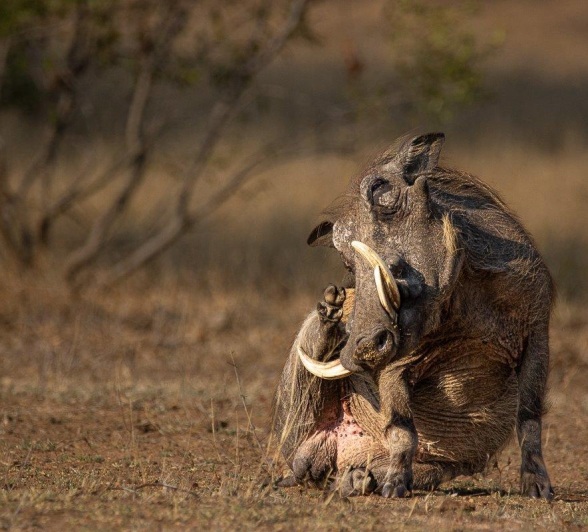
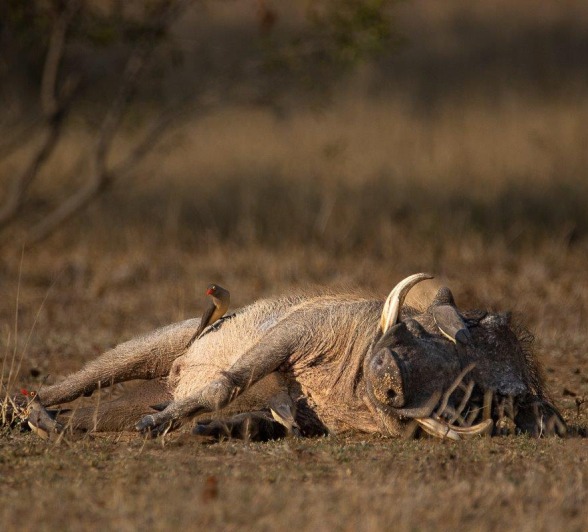
In Cape Buffalo herds, male conflicts are intense but rarely result in serious injury. Bulls engage in horn-locking contests to establish dominance, determining which males gain priority access to mating opportunities. In larger herds, multiple dominant bulls may share these opportunities.
These contests play a crucial role in the herd's genetic health, ensuring that only the strongest males breed. This promotes genetic diversity and resilience within the population, contributing to the overall vitality and survival of the species.
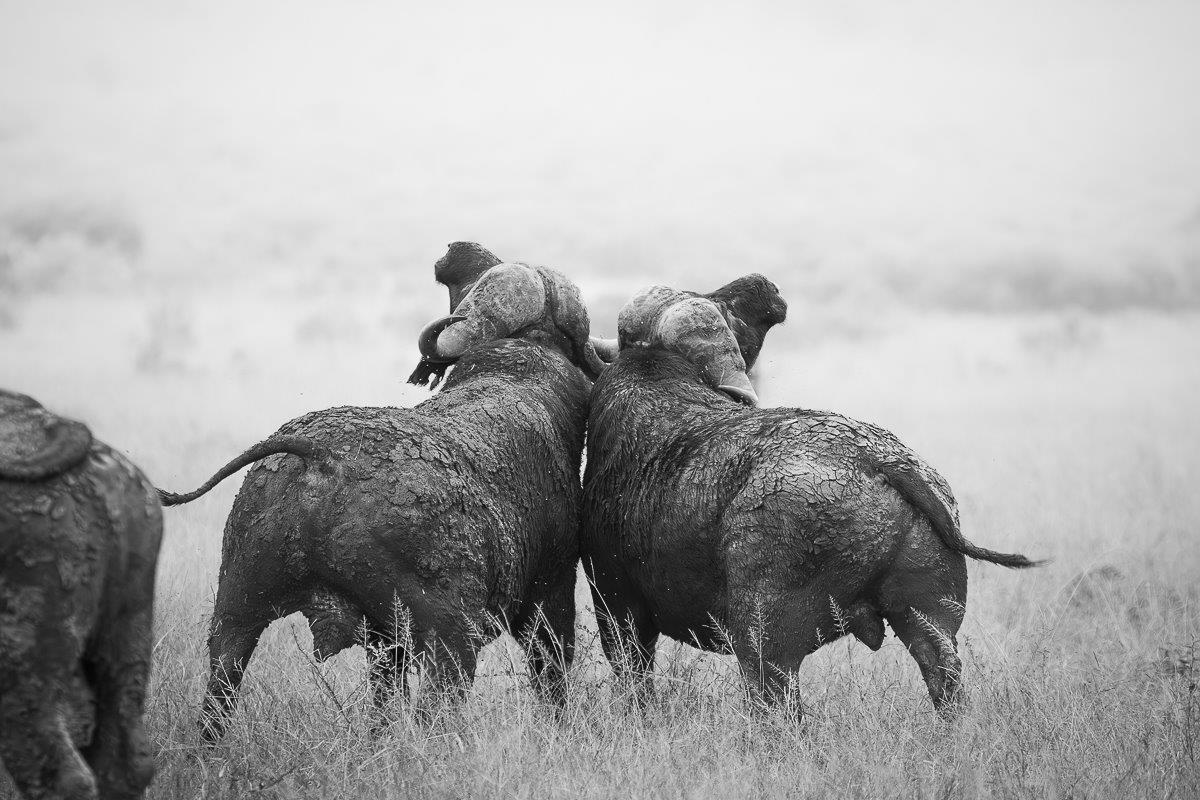
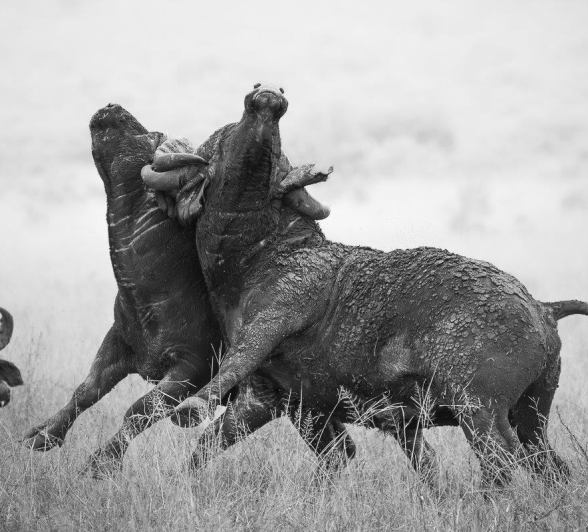
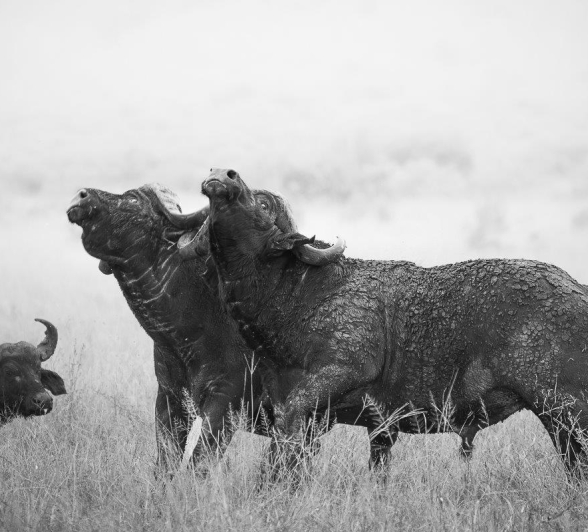
This giraffe bull was slowly moving off into the distance, with a big fling of oxpeckers on his back trying to get some ticks off before returning to their nests for nightfall.
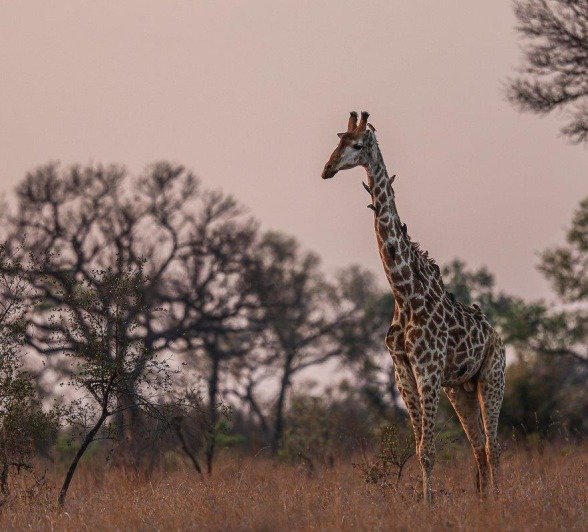
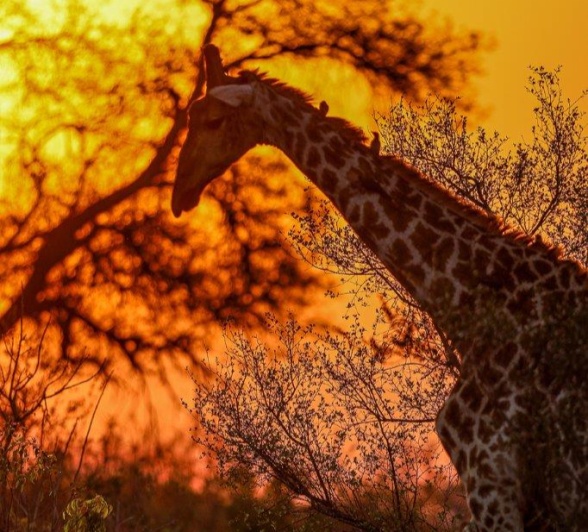
Until next time…
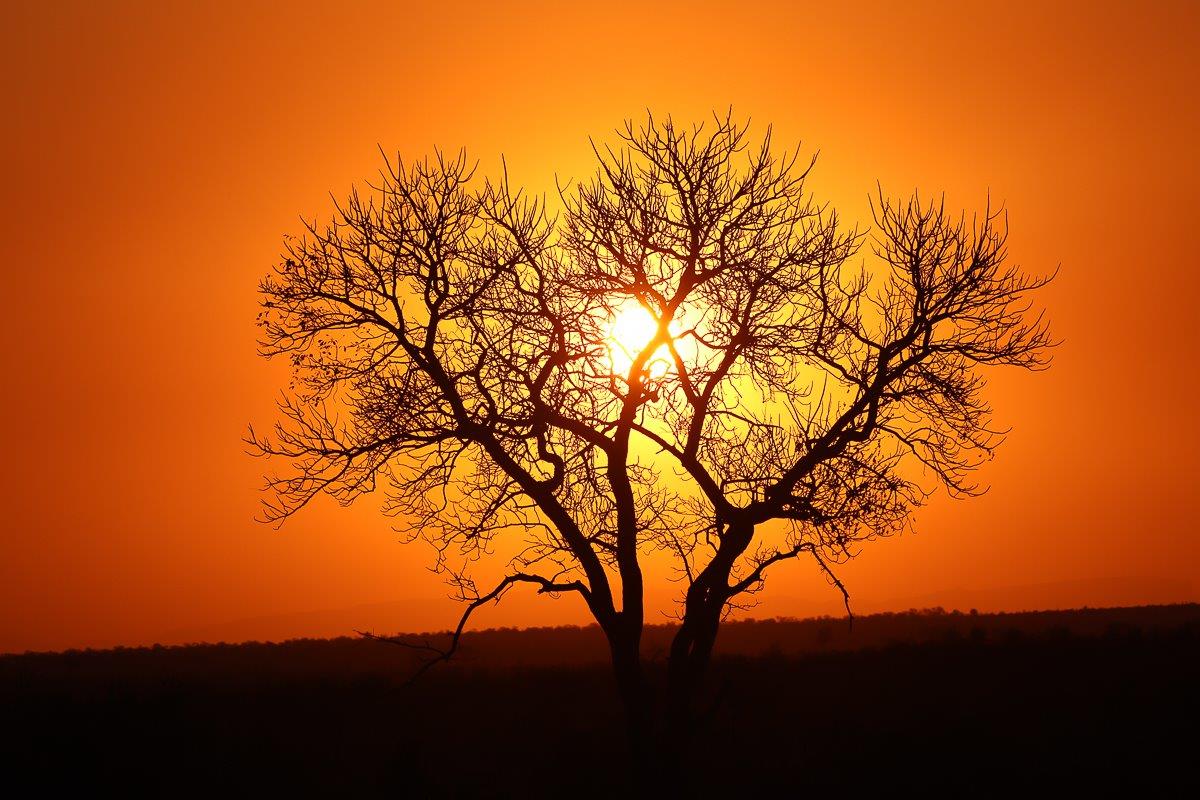
Blog by Wendy Claase
Images by Benjamin Loon, Franco Hay, JP van Rooyen, Ronald Mutero and Ruan Mey







